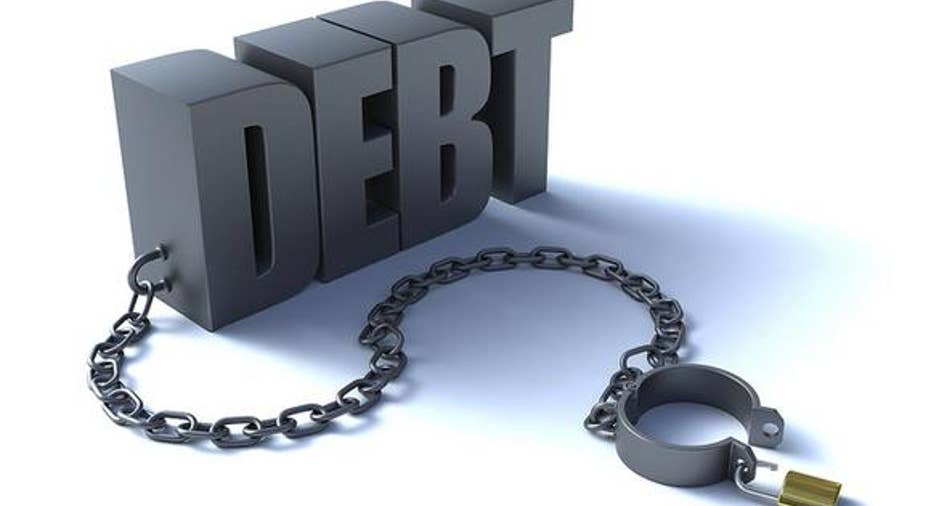Debt Consolidation Versus Debt Restructuring

A report issued by the Pew Charitable Trusts in July 2015, stated that 80 percent of consumers in the U.S. have some type of debt. With auto loans and student loans both topping $1 trillion and credit card holders dealing with an average of more than $7,500 in debt, many are looking for ways to relieve some financial stress. There are two options, debt consolidation and debt restructuring, that can help. However, it is important to know the differences between these two options.
Debt consolidation is combining several different types of unsecured debt - medical bills, credit cards, and other personal loans - and paying them off with one large loan. This leaves the borrower with one monthly payment at one interest rate. Usually, this new loan has a lower rate than the previous smaller loans, allowing the borrower to save money. Debt consolidation loans,debt settlement, and debt management plans are options that are often lumped under the debt consolidation umbrella.
Debt restructuring involves the borrower negotiating with the lender to come to a new agreement. Often, this occurs when the borrower is near bankruptcy. If that occurs, the lender may not receive much in the way of payment on the loan. It may be to their benefit to provide the borrower with a better interest rate, or even to forgive some of the principal if this means that the borrower stays out of bankruptcy and continues to make their monthly payments.
This article was provided by our partners at moneytips.com.
Average Household Debt Tops $90,000
Americans Aged 45-54 Have Highest Credit Card Debts
Graduating With Debt Affects Student Retirement



















